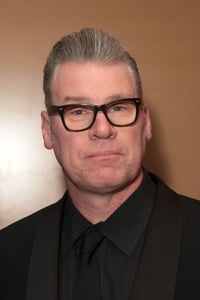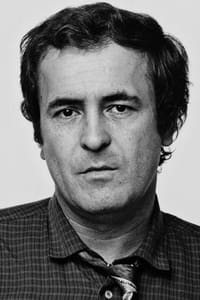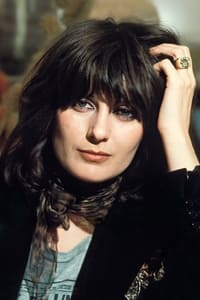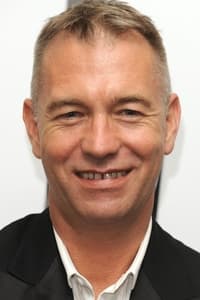Salò: Fade to Black
Genres
Documentary
OverView
A short documentary exploring the ongoing relevance and power of 'Salò o le 120 giornate di Sodoma'.
Others
Budget
$--
Revenue
$--
Status
Released
Original Language
English
Runtime
24 mins
Rating
6/10
Release Date
01 January 2001
Country
United Kingdom





